Interview: How Eka’s Rina Singh Uses Restrain To Free The Soul
Outlook Luxe was at the launch of Eka’s Autumn/Winter 25 edit at the label’s new Gurugram store. The collection took inspiration from the Chamba rumal embroidery rooted in the region's mountain traditions and was translated into free-flowing and relaxed outerwear
If poetry is a constant quest to make more or less, homegrown luxury design label Eka writes it on various Indian textiles with a perfect balance of restraint and artistry. In the label’s collections, founder-designer Rina Singh cuts off from the burden of excess in colour, craft and embroidery to make light-weight, breathable, soft hued, and easygoing silhouettes. In her hands, poetic restraint ironically becomes armour of liberation for the wearer.
Writing yet another poetry, this time, Singh finds her inspiration in the mountains of Chamba for her Autumn/Winter 25 collection. Presented at the opening of Eka’s new store at Ireo Grand View High Street, Gurugram with a fashion show, the new collection put a spotlight on Chamba Rumal embroidery, originating from 17th-century Himachal Pradesh but forgotten with time.
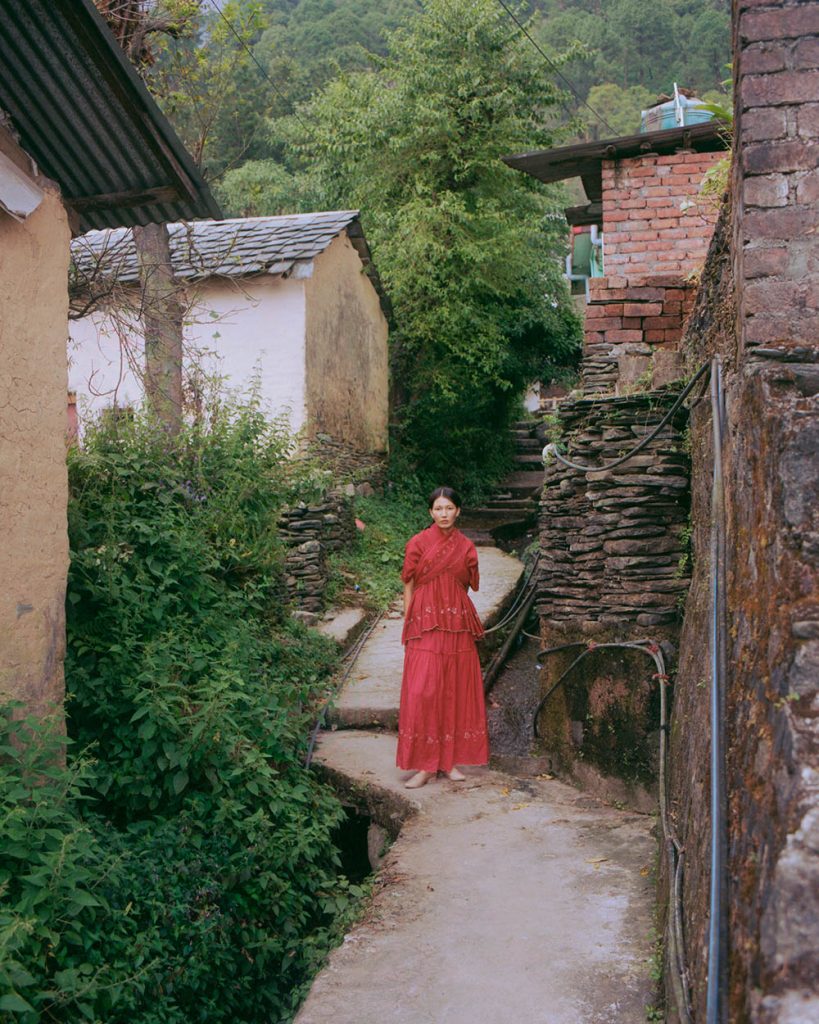
As we sat for the show under an open sky in the front of the new store, Krishna-leela-inspired soft flute music played in the backdrop. It transported us to a pastoral landscape setting the tone for the collection shot in the mountainous village of Dasa near Chamba. Soon, models strutted reversible round neck button down jackets in merino wool, floral-embroidered handblock silk jackets, collared-shirts with pants, relaxed double-breasted jackets in hand-block print, high-waist maxi skirts paired with relaxed top, free-flowing organza dresses paired with winter jacket featuring Chamba motifs and more. The colours, some washed out like greys, black and beige; some earthy browns, also had exceptions of cobalt blue, red, purple and bright yellow in Singh’s attempt to bring back a pop of colour to the winter wardrobe.
Inspiration in Chamba Rumal
The pieces in Eka’s AW collection were dotted with motifs of Chamba rumal embroidery — a textile that Singh discovered during her interaction with a dealer in Ahmedabad during one of her travels in 2023. “One day, while browsing through a textile dealer’s collection in Ahmedabad, I came across a partially finished Chamba rumal. The dealer questioned why I’d want it since it wasn’t completed unlike the traditional Dorukha Chamba rumals, which are known for their double-sided satin stitch embroidery depicting Krishna Leela. This particular piece had visible pencil marks, half-done floral motifs, and a raw charm that really spoke to me. Its unfinished quality, combined with its delicate, hand-touched feel, made it stand out,” Rina tells Outlook Luxe post the fashion show.
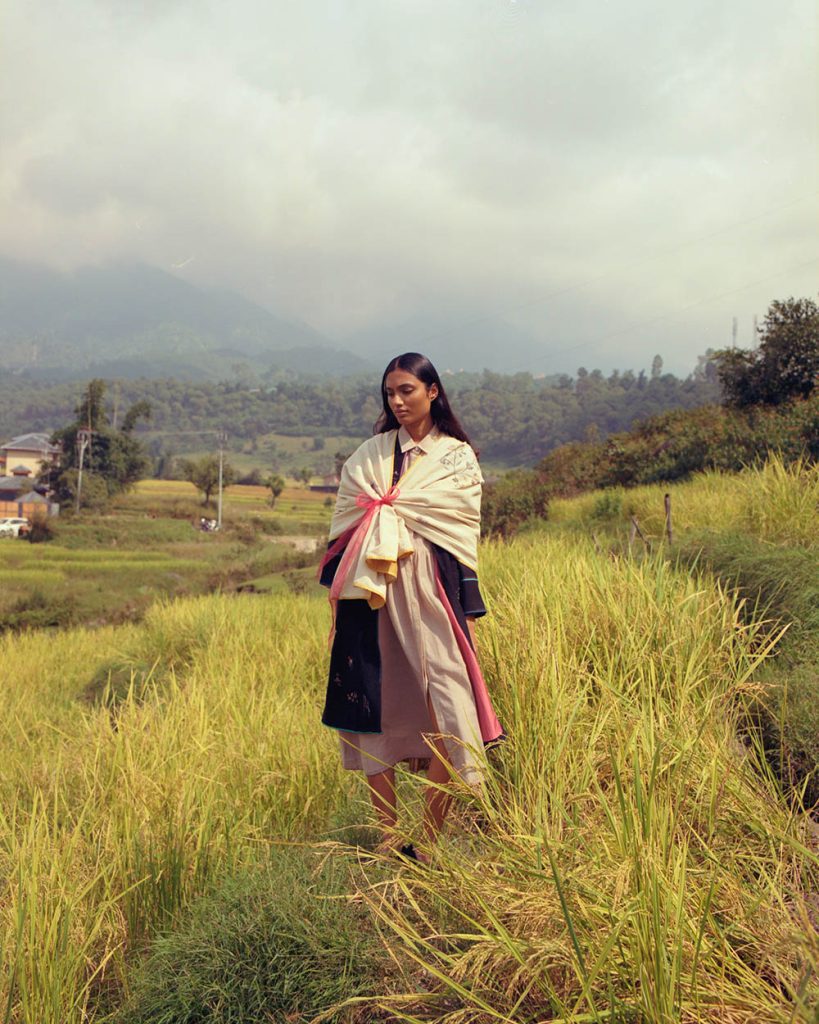
Singh honoured this traditional textile by translating it into contemporary garments in a nod to heritage and slow luxury. “Once the Chamba rumal became the central inspiration for the collection, I began developing a language around its motifs and colours and envisioning how they would fit into the silhouettes for the upcoming season. We translated the motifs into woven patterns on wool and then further embellished them with embroidery. The collection features this embroidery prominently on woolen jackets and silk pieces,” Singh elaborates, adding that since she loves working with a mix of textiles, she paired the embroidered pieces with block-printed taffeta, stripes, and other surface details.
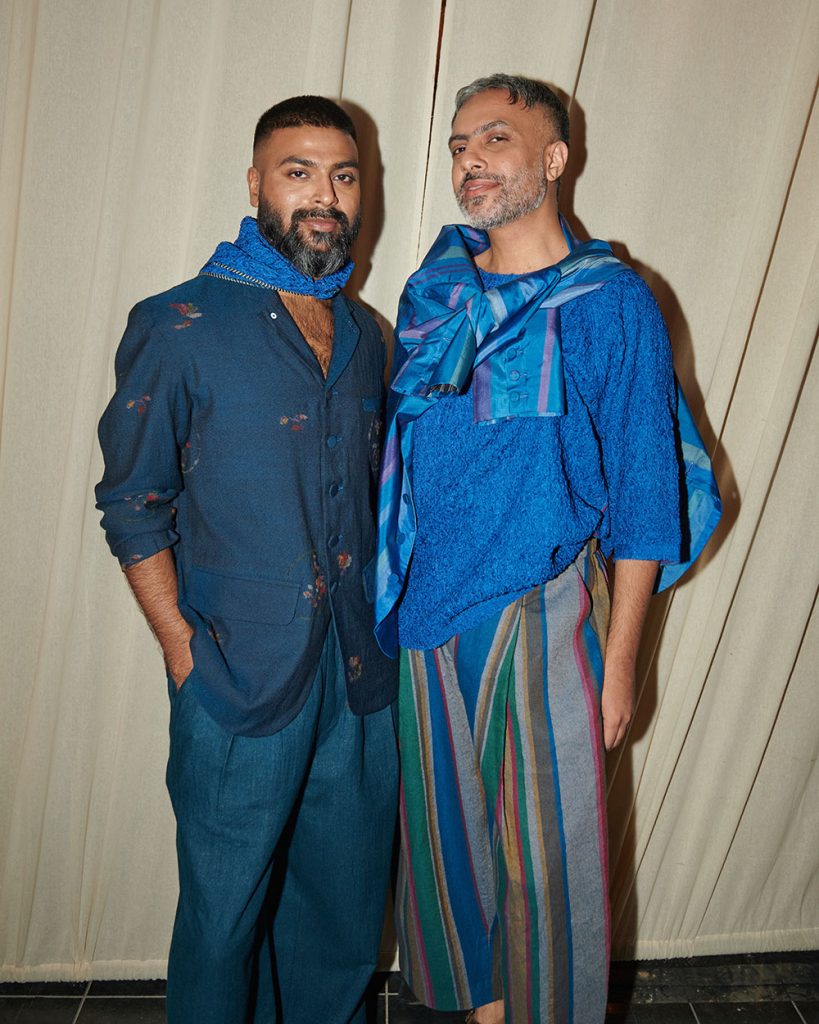
Singh went on to honour not just the craft of Chamba rumal, but the region by shooting the campaign for her AW25 collection in Dasa village. “It felt fitting to place the clothing back in the landscape of its origin, but through the lens of the modern woman. She is someone who brings a piece of vintage into her wardrobe and makes it feel new — someone who honours the past while wearing it in the present,” she tells us of models posing in pastoral valleys, highlands, foot over bridges over rivers, and alleys in the hills in the campaign shoot.
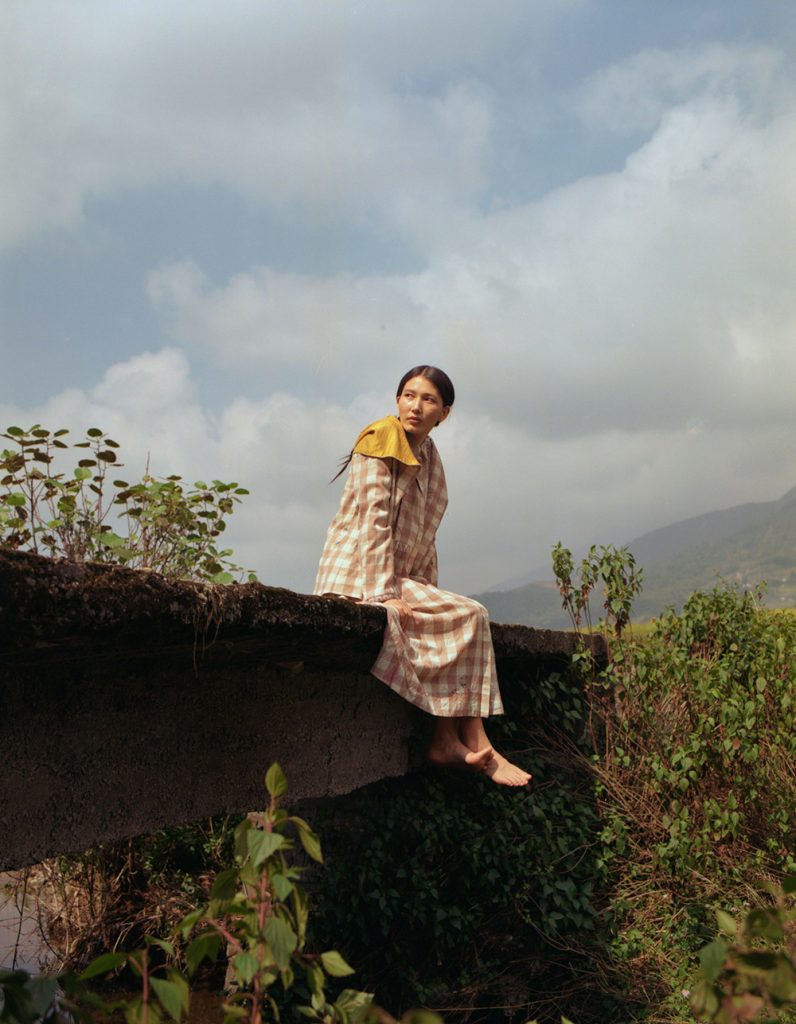
A Rustic Store
After the dreamy fashion show, we entered the new Gurugram store of Eka. Just like ensembles, it brought Indian craftsmanship within the village-themed space too. Hut-shaped corners with roofs adorned with tilework took us to a rustic setting. Muddy palettes on walls, casted human forms instead of fashion dummies, and hand-made terracotta tile installations adorned the space beautifully. “We’re consistently drawn to minimal architecture rooted in traditional Indian techniques. While I admire global aesthetics, there’s something deeply grounding about elements like Indian light, wood, terracotta, and naturally finished surfaces,” Singh says, pointing to antique furniture sourced from Sri Lanka and Kochi to sculptures personally collected over years, making the store a haven of tactile luxury and quiet storytelling.
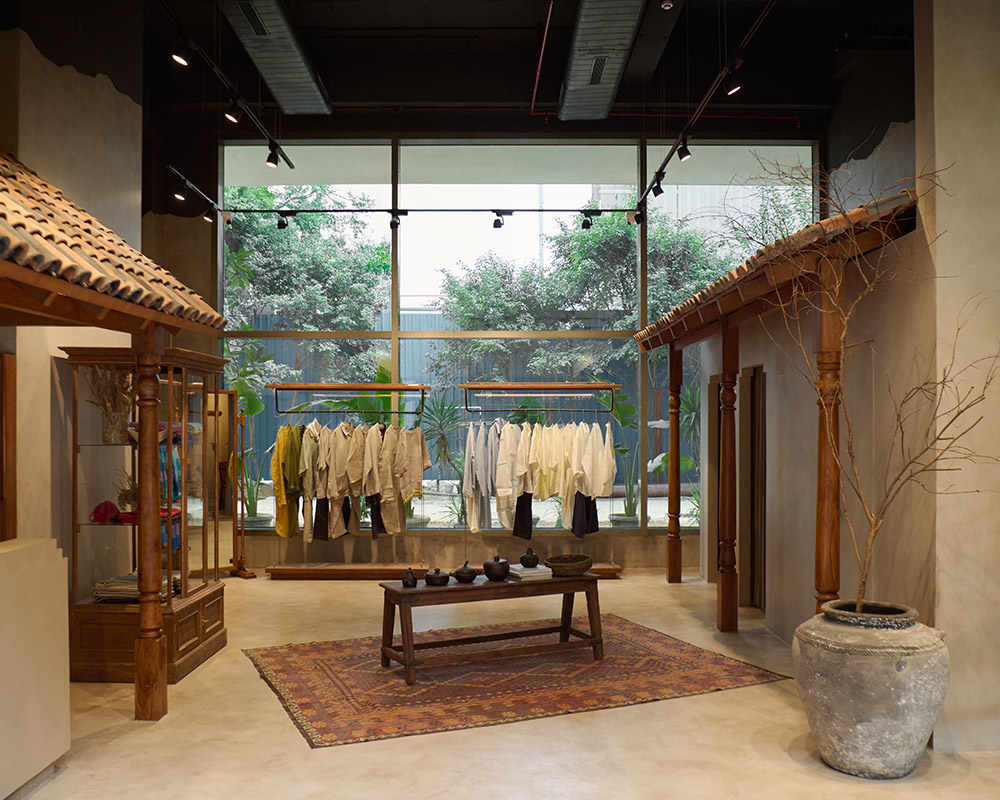
Singh “organically” collaborated with architects Satyajit and Pashmin of Amoeba Design to shape the store’s interiors. “After a few discussions, including at the Lodi store and later during the spring-summer showcase in Mumbai, they took time to truly understand the Eka world, our affinity for hand-touched techniques, our Indian roots, and our minimal yet globally resonant aesthetic. Both Satyajit and Pashmin share a design philosophy that brings Indian craft techniques into contemporary spaces. Having studied abroad, they possess a global outlook while still embracing the rawness and tactility of Indian materials and heritage architecture. Their nuanced use of light and texture, and their ability to reinterpret traditional craft methods in a modern architectural context, felt deeply aligned with what we look for in collaborators,” Singh says. The new outpost houses both menswear and womenswear in festive, pre-fall, winter wear, home and accessories collections, turning it into a trove of textile traditions.